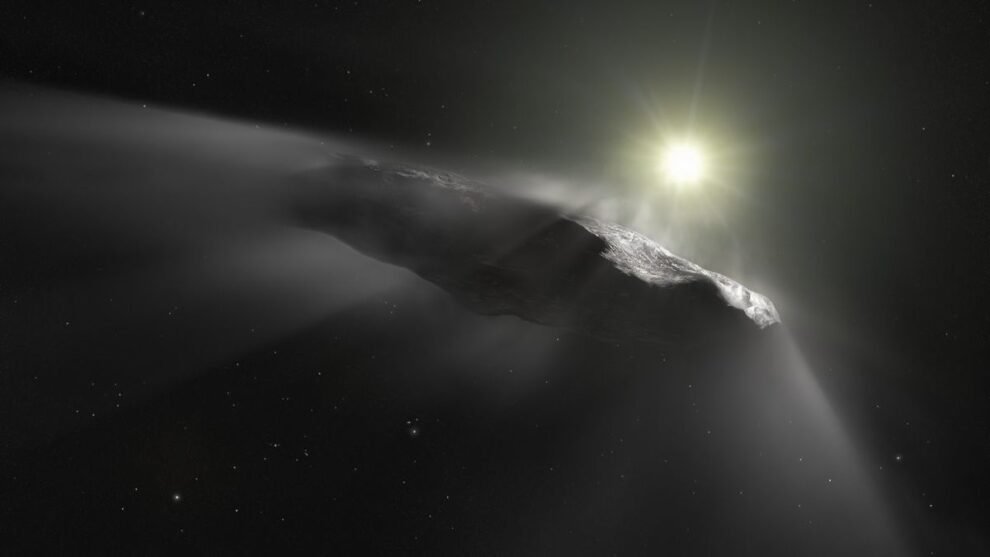The discovery of interstellar objects ‘Oumuamua and Borisov has opened a new frontier in our quest to understand the cosmos. These celestial wanderers, not bound by the Sun’s gravity, offer unique insights into the composition, origin, and evolution of planetary systems beyond our own. This article delves into why these interstellar visitors may hold the key to unraveling the mysteries of exoplanets and what they tell us about the universe’s vast and varied nature.
Key Highlights:
- ‘Oumuamua and Borisov are the first known interstellar objects to pass through our solar system, challenging previous assumptions about how rare such occurrences are.
- Observations suggest ‘Oumuamua might be a messenger from afar, while Borisov, a comet, showcases a different composition that could hint at its formation around another star.
- The study of these objects could provide invaluable data on the materials that make up planets orbiting stars far from our own, offering a glimpse into the chemistry of other solar systems.

Insights from Interstellar Visitors
In 2017, the Pan-STARRS1 telescope in Hawaii detected ‘Oumuamua, the first known interstellar object to visit our solar system. Shortly after, in 2019, amateur astronomer Gennadiy Borisov discovered 2I/Borisov, marking the second known interstellar visitor. Unlike typical solar system comets and asteroids, these objects hail from the vast expanse of interstellar space, suggesting that interstellar interlopers are more common than previously thought.
Composition and Origins
Astronomers have seized the opportunity to study these objects in detail. For example, observations with NASA’s Hubble Space Telescope and the Atacama Large Millimeter/submillimeter Array (ALMA) revealed that Borisov has a high concentration of carbon monoxide, suggesting it may have originated around a red dwarf or as a fragment of a small planet. This insight opens up new avenues for understanding the diversity of planetary system formation in the universe.
Future Prospects with Webb Telescope
The James Webb Space Telescope is expected to play a crucial role in the study of future interstellar objects. Its advanced capabilities will allow scientists to probe the chemical composition of these visitors more deeply, shedding light on the building blocks of planets in other star systems.
The Significance of ‘Oumuamua and Borisov
The study of ‘Oumuamua and Borisov not only challenges our understanding of how common interstellar objects are but also provides a rare opportunity to directly sample materials from other star systems. These interstellar messengers carry with them the secrets of distant worlds, offering clues about the composition of exoplanets and the processes that shape planetary systems across the galaxy.
Concluding Thoughts
The discovery and study of ‘Oumuamua and Borisov underscore the dynamic and interconnected nature of our universe. As we continue to observe and analyze these interstellar nomads, we inch closer to answering fundamental questions about the diversity and evolution of planetary systems beyond our own. These interstellar objects not only broaden our knowledge of the cosmos but also remind us of the vast, unexplored frontiers that lie beyond the confines of our solar system.








